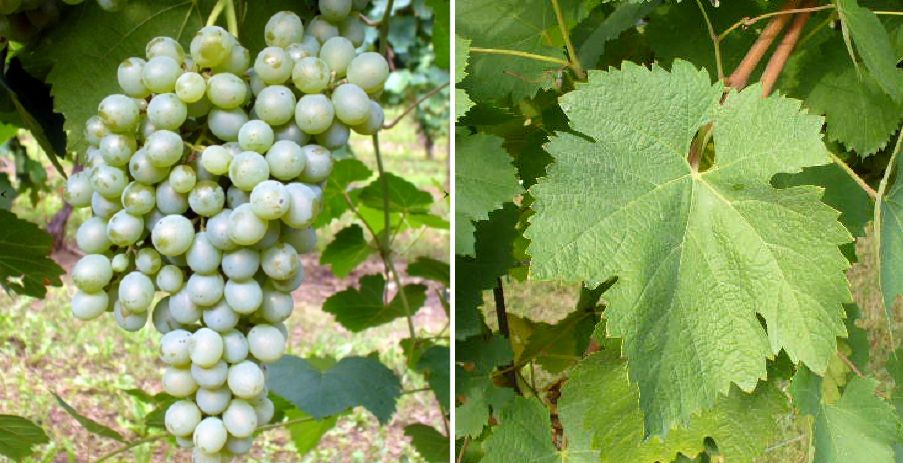The white grape variety probably originates from Italy. For a long time, the name Falanghina (also Falanghina Bianca) was understood to mean only one white grape variety from Italy, and in the official statistics, at least until the year 2000, it was shown as a single variety. The name is derived from the ancient vine training "Phalange" (tied to the stake). According to a dubious assumption, which of course can no longer be proven, it is said to be a descendant of the ancient variety Aminea, which was used for the white variant of the famous Falernian in ancient Rome. It is equally uncertain that it was allegedly introduced from Greece as early as the 7th century. In any case, it is one of the oldest varieties in Campania. In the 17th century it was mentioned in a poem by Giulio C. Cortese (1570-1640).

According to DNA analyses carried out in 2005, they show (partial) morphological similarities but differ genetically. Both varieties are medium-late ripening. They produce fragrant, acidic white wines with stone fruit and apricot flavours. They are mainly grown in the Campania region, as well as in the regions of Abruzzo, Apulia, Molise and Sardinia. The DOC regulations do not always distinguish between them, so they can also be blends. Among others, a Falanghina variety is permitted in the DOC wines of Capri, Campi Flegrei, Costa d'Amalfi, Falanghina del Sannio, Falerno del Massico, Galluccio, Penisola Sorrentina, Sannio, San Severo and Vesuvio.
Falanghina Beneventana
Synonym is Falanghina. It is closely related to Biancolella. It was rediscovered in the province of Benevento in the 1970s. In honour of the vine, a regional wine festival is held here every year at the end of September in the municipality of Sant'Agata dei Goti. In 2016, 323 hectares of vines were designated (Kym Anderson).
Falanghina Flegrea
Synonyms are Biancazita, Biancozita, Biancuzita, Falanchina, Falanchina Bianca, Falanghina, Falanghina Campi Flegrei, Falanghina Pigna Piccola, Falanghina Verace, Falenghina, Falernina, Falerno Veronese, Fallanchina, Fallanghina, Folanghina, Montecalvo, Montelleseand Uva Falerna. It is named after the Phlegraean Fields (Campi Flegrei = burning fields) 20 kilometres west of Vesuvius. Numerous volcanoes have been active in this area over the last 40,000 years; the last eruption of Vesuvius destroyed the city of Pompeii in 79. It is closely related to the Suppezza and Ripolo varieties. The stock, which was greatly reduced after the phylloxera disaster, was revived in the 1970s. In 2016, 3,634 hectares of vineyards were designated. This results in 136th place in the global grape variety ranking (Kym Anderson).
Source: Wine Grapes / J. Robinson, J. Harding, J. Vouillamoz / Penguin Books Ltd. 2012
Images: M.I.P.A.F - National Vine Certification Service
Voices of our members

The Wine lexicon helps me to keep up to date and refresh my knowledge. Thank you for this Lexicon that will never end in terms of topicality! That's what makes it so exciting to come back often.
Thorsten Rahn
Restaurantleiter, Sommelier, Weindozent und Autor; Dresden